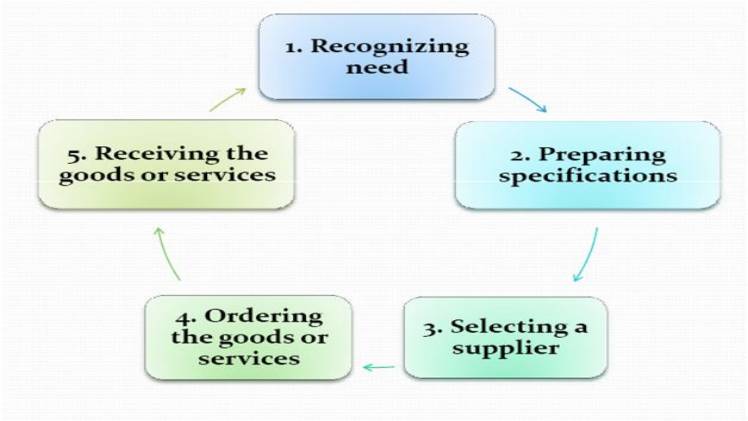It’s a very interesting time in history for the real estate market. Even though recent times have been difficult for the world economy, things are coming back on track. However, it’s difficult to understand where the housing market is headed without revising some of its past trends.
People are wary of investing in the housing market at the moment because of the recent surge in the market in the 2020-2022 period and the 2008 crisis. Many compare it to gambling in outlets like Casino Danmark, only less fun. There are good reasons for this, as past surges have led to dips.
However, it’s interesting to understand that crises often provide new opportunities. The first step is analysing past information to better gauge what may come.
In this article, we’ll take a deep dive into key moments in history and tie them to the current situation. We’ll also analyse key aspects that make the real estate market surge or crash and why bubbles are created.
The Panic of 1837
When people look for real estate market examples, 2008 comes to mind. After all, it was one of the most recent and profound crisis, and there is tons of information available thanks to modern communication technology. Understandably, you might be wary even though good news is on the horizon.
However, crises are nothing new. In 1837, for instance, a real estate bubble was mixed with some questionable banking policies in the United States. The major issue in real estate was western land open for settlement, with northeastern forest being the most overvalued.
In fact, there are many similarities between 1837 and 2008, with speculation and overvalued housing being the most significant.
People engaged in speculation regarding the forested lands and eventually made banks fail. Money depreciated when payment for land was demanded in gold or silver. It generated a six-year depression with many failed businesses and problems worldwide. This is an excellent example of how events from the distant past can look very similar to current ones.
The Boom of the 1920s
Even though everybody knows about the 1930 stock market crash, few know there was a real estate boom throughout the 1920s in the United States. In this case, the real estate bubble started in 1921 and is an excellent example of current times.
During that time, the state of Florida was promoted as a real estate haven thanks to its sunshine and laidback lifestyle. There was easy credit, and Miami was up for grabs. It meant that some city lots were bought and sold more than ten times in a single day.
The bubble ended in 1926 when housing prices experienced a downturn, naturally leading to many foreclosures. It was an event that not only lasted until the stock market crash, but raised steadily into the 1930s.
The Great Recession
Looking back at 2008, it’s mesmerising how nobody could see such a big crisis coming. One of the key reasons for this was the deregulation of the financial markets in Western economies, which started in the 1970s.
It’s considered that deregulation allowed trading in many different activities and territories, something that governments previously regulated. As controls relaxed, financial institutions were free to raise funds in many new ways, making it easier to borrow money and, incidentally, fuel an expansion of debt.
Why was real estate the main issue? The ‘buy to let’ market and mortgages became very profitable for banks in the UK and worldwide. It made lenders offer loans valued higher than the real property value and disproportionate to the borrower’s income.
The rest is history. The Bank of England had to financially assist the Northern Rock Building Society, nationalising it later. Many financial institutions followed this same path in the UK, US, and around the world.
It had disastrous effects on the economy, and thanks to interbank lending rates being persistently high, there was a reduction in credit, which led to a downturn in the housing and construction markets, as well as the wider economy.
Current Situation and What to Expect
The period from 2020 until recent times was characterised by a global downturn in economic activity, including the real estate market. In the UK, mortgage rates rose during 2022 and 2023, which wasn’t a unique case. It also happened in Germany and other developed countries, rising to historic levels.
Interestingly, some lenders have reduced rates in the UK since the beginning of August, signalling that perhaps mortgage rates will be going down in the not-so-distant future. It actually happened, albeit it was a minor decrease. In July, mortgage rates were as high as 6.86%, whereas in early December, they were 6.02%.
With this situation, it looks like it wouldn’t be the best time to consider investing in real estate. However, interest rates will eventually decrease, and it doesn’t look like a crisis is on the horizon.
At the start of 2023, real estate outperformed other assets in the US, and home sales went up 44% month to month. In turn, this made home values go up by about 5%. A similar situation happened in the UK, with house prices recovering and prices rising.
It shows the sector’s resiliency and shows that real estate is a solid investment choice, even with its ups and downs. In 2024, current trends are expected to continue.
In the UK, house prices are rising not only because the sector is slowly recovering but because of scarcity. Also, sellers are accepting discounts on the asking price. The combination of these two factors will likely continue, and since the construction sector isn’t at its best, housing will probably be in low supply for the foreseeable future.
The most important thing to remember is that the real estate market is cyclical, even though each crisis has unique elements. They are a normal part of the process, and keen investors will find great deals in the coming year.










